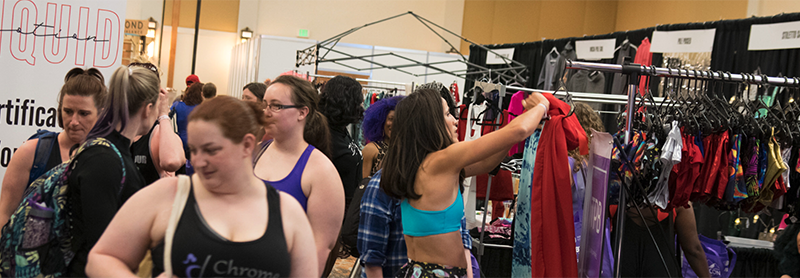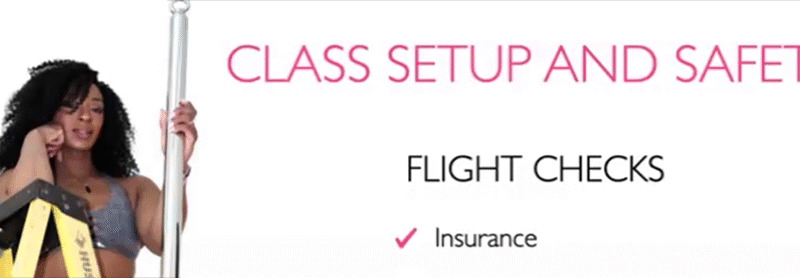A train-cation is a trip (usually away from home) where you focus for a specific…

Understanding Trademarks for Your Pole Business
All content is created by someone and they automatically have the legal license to use it.
If you wish to use someone else’s content, you must get permission from the original creator.
Sometimes pole studios and businesses create the same or similar names unintentionally.
Read this post to avoid copyright infringement and keep reading to understand how to protect your pole business through the use of a legal tool, the trademark.
What is a Trademark?
A trademark is anything that identifies goods and services provided by a particular company. This can include the name of the product or business as well as the logo or “mark.”
Trademarks provide legal protections for your brand and can help guard against counterfeiting and fraud.
Owning vs. Registering a Trademark
You own a trademark as soon as you create it.
However, for broader protections you must register your trademark and establish that you are the first entity in your geographic area and/or your industry to use that trademark.
What do the Trademark Symbols mean?
You’ve probably seen the symbols “™” “SM” and ® before.
™ stands for trademark and means you are claiming ownership of the trademark without having registered the trademark or it may indicate that the trademark is in process.
SM is similar to ™ but for service marks—a trademark for a service vs a physical good).
® means the trademark has been officially registered with the United States Patent and Trademark Office (USPTO).
Anyone can put a ™ or SM on to their item or service, but ® can only legally be used if the trademark has been registered with a trademark authority. Trademarks are typically registered and enforceable in your country of origin.
To maintain trademarks in other countries, you would have to file separate trademarks.
Do Your Research
As IPIA partner, Ashley N. Cloud points out in her blog, you need to know if someone else is using a similar trademark, regardless of spelling, before you settle on a trademark for your brand.
Do a search here to see if a name you want to use is already trademarked.
Trademarks that are similar either in the same industry or same geographic area may confuse customers and prohibit your trademark from being granted.
How to File for a Trademark
Filing for a trademark in the US is not free, refer to the schedule of fees here. It can take months to process a trademark request.
While you don’t need a lawyer to file for a trademark, you can usually hire one for a flat fee to ensure the documentation is correct and to make sure the process is as smooth and quick as possible.
How to Protect a Trademark
Unfortunately having a trademark does not instantly mean that no one will try (on purpose or on accident) to use your trademark.
Having the trademark first usually means that your position is more defensible. In that, you (or your lawyers) can send “cease and desist” letters showing that you own a trademark for anyone trying to use your trademark for their business. You could also take the other business to court if they do not “cease and desist” and are more likely to win.
If your pole business can afford it, it’s worth getting an official trademark to protect your brand AND having a trademark can increase the value of your business if you intend to sell it.
For more information on trademarks, copyright, and other legal information, check out this IPIA Webinar with Ashley Cloud from the Cloud Law Firm.



